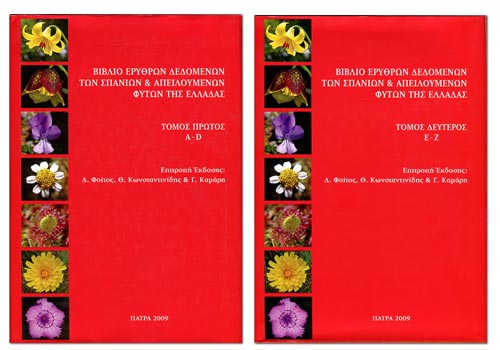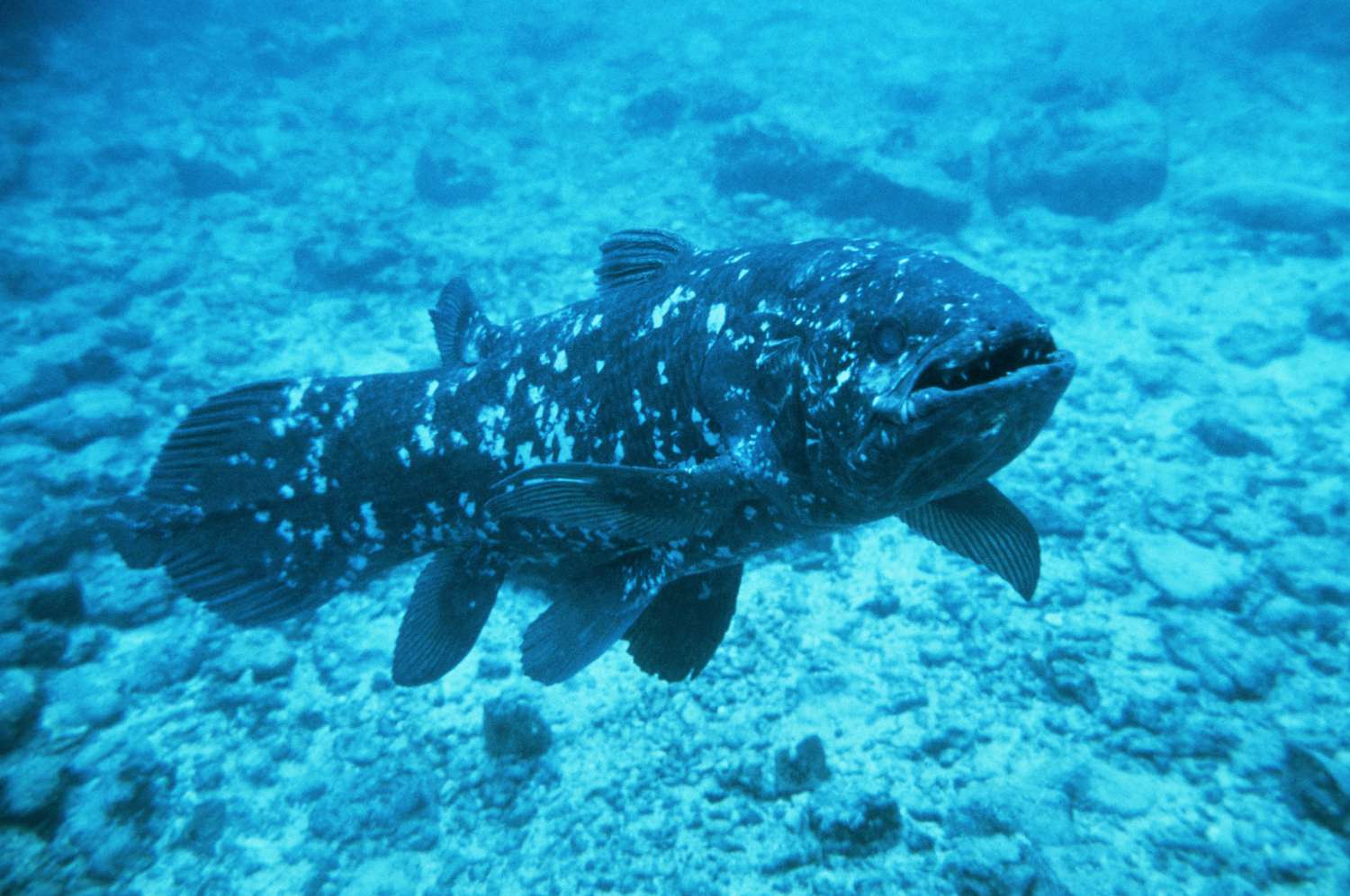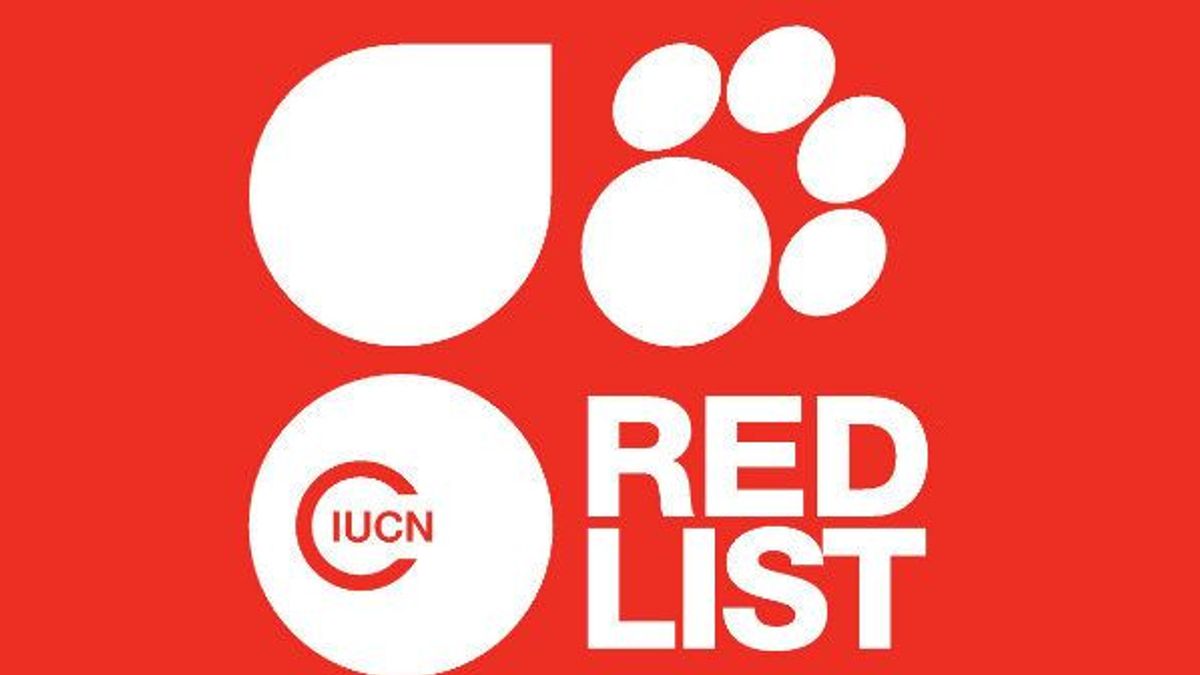By Fanis Michalakis,
The International Union for Conservation of Nature’s (IUCN) Red List of Threatened Species is a collective catalog of the conservation status of different species that belong to the Animalia, Plantae and Fungi kingdoms. Founded in 1964, it is a tool that can be used to better evaluate the local or global biodiversity and can help us categorize the species in increasing state of urgency and need of help. As people became more aware of the problems that different organisms have to face, oftentimes created by humans, projects like this began to help us understand the issue at hand and pave the way for a solution.
IUCN’s goal is to study all the populations of 160,000 species and categorize them based on certain criteria. The evaluation will place a Not Evaluated (NE) taxon to one of the following groups: Data Deficient (DD), Least Concern (LC), Near Threatened (NT), Vulnerable (VU), Endangered (EN), Critically Endangered (CR), Extinct In The Wild (EW), or Extinct (EX). It is important to note that while an initial assessment is important so that we can determine whether human intervention to save a species is necessary, it is crucial to systematically re-evaluate said species to check for incline or decline in the populations, see if any actions taken to help from previous evaluations have yielded any results, and find out if recent events or changes made in the habitat have affected the populations.
Fortunately, many countries have also joined the cause and published their own “red books” containing the evaluations of their own species on a local scale. Greece has published two books on endangered animals, one in 1992 and one in 2005, and two on endangered plants, in 1995 and in 2009. We are also expecting new editions on both books, each containing more species than its predecessor, and a new book containing endangered fungi. In other words, we can already see the effort implemented to protect our local animals and plants and this project will hopefully continue in the future. It is extremely important to study as much as we can Greek animals and plants, as in many families we have many species that are considered “endemic”, meaning that they can only be found in Greece, and sometimes in only a small sector. Therefore, if something happens and those organisms become extinct, we have no way to further study them and learn valuable information about their behaviour, morphology and evolution. We will only have traces of their existence in the past. As such, IUCN is working with scientists in Greece to publish their red list, and the endemic species of Greece will automatically pass on the IUCN Red List.

Since this project started in the recent past, it is still incomplete, meaning that there are still many species that are yet not assessed. Even when IUCN reaches its goal of 160,000 species, scientists estimate that there may be over 8.7 million animals and plants, most of whom have not even been discovered yet. Therefore, the assessed species will only cover 1.8% of the whole. Considering that the 8.7 million number does not include fungi while the IUCN red list does, the number becomes much smaller. However, we should take note that evaluating populations can take time. Some insects with a life cycle of a few years can be assessed in under five years, whereas large animals take many more years to be evaluated, since they tend to have larger life cycles and change appears gradually in between generations.
Another detail that we should point out is that the method used can sometimes be flawed. Firstly, the research is based on previous observations, and as such, past mistakes can create a domino effect on the present. Moreover, since the research relies on human observations, it is possible to miss a few members of a taxon. The observations also include only members spotted at the present. This means that if a plant has created a seed that has not sprouted at the time of observation, then it will not be counted. We should also remember that counting animals can be influenced by their behavior, their life stages (if they have), and luck. These inconsistencies do not really affect the end results in most cases. However, there are instances where a species deemed Extinct (EX), meaning that we do not have a reason to think any of its members are alive, has been spotted later. These species are called “Lazarus” species, one example is the Coelacanth, which can face real extinction if any actions that were implemented to protect them are withdrawn.

There are also many questions that arise from this project. One of those questions is if all animals should have the same criteria for evaluation, since insects typically are more in number than larger animals. Is it then possible to determine the status of an ant-based on criteria set for a giraffe? If the criteria must be different for different animals, then who sets the criteria and based on whom? Should we protect an animal that is locally threatened, but globally is of least concern? And since extinctions are a natural phenomenon, should we protect all species? If not, then which?
In conclusion, IUCN has set a goal to protect the environment and its habitats. Whilst not perfect, the project is a big step forward, especially since at the time it began people did not seem to care about protecting biodiversity as much as they do today, it is only the beginning of an effort that will take many more years to complete, and perhaps adapt to solve any lingering questions.
References
- IUCN Red List of Threatened Species. iucnredlist.org. Available here
- Biodiversity-National Geographic Society. education.nationalgeographic.org. Available here
- The Red Data Book of Rare and Threatened Plants of Greece-Hellenic Botanical Society. hbs.gr. Available here




